Splitbeard Bluestem
Andropogon ternarius
Status: Secure
The Splitbeard Bluestem is a warm season, ornamental (used for decoration), perennial bunchgrass. The stems are often a purple to reddish green color while the seed head has a silvery white appearance. These bluestems start to grow in the springtime around April and continue growing in the summer.
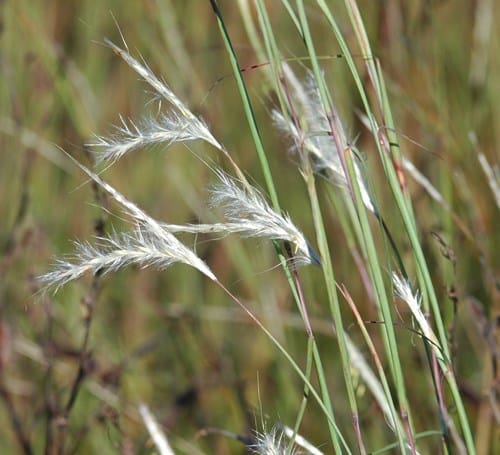
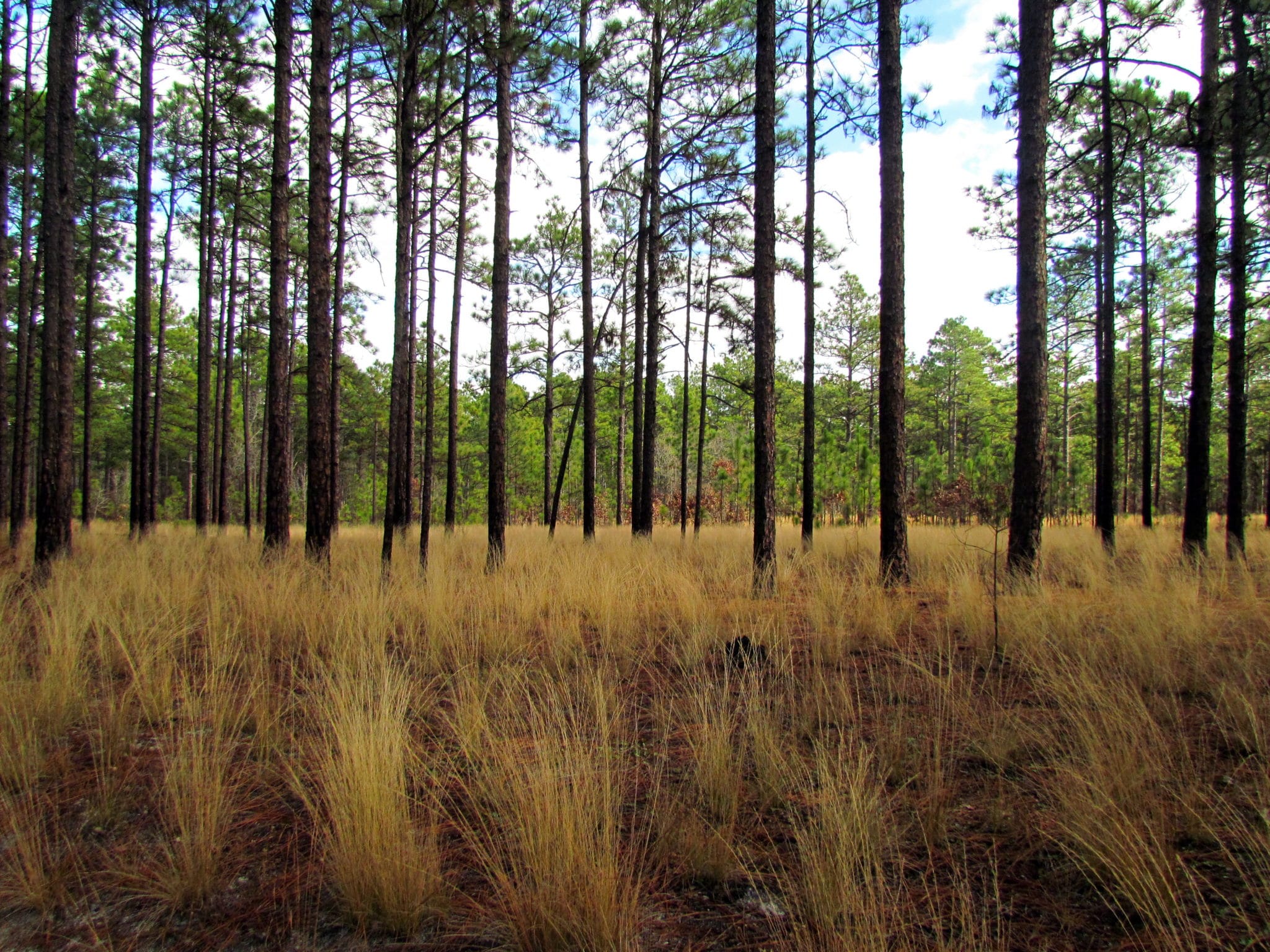
Habitat & Range
Splitbeard bluestem plants are found in the Southeastern regions in states like Delaware, Kentucky, Kansas, Texas, and Florida. They prefer areas with well-drained sandy soils such as open woodlands, meadows, and savannas. These bluestems require full sunlight but can still survive with a little shade.
Food Web & Energy Flow
Like most plants, the Splitbeard Bluestem gets its energy from the sun through photosynthesis, making it a primary producer. In order for these plants to survive they require soil, water, and a lot of sunlight.
Relationship to Fire
Splitbeard bluestem plants are considered highly flammable plants and grow in large bunches on the forest floors. When fires take place, the bluestems can cause the fires to burn out faster since they are on the forest floor. They depend on fires for reproduction, usually after a fire they are able to produce seeds.
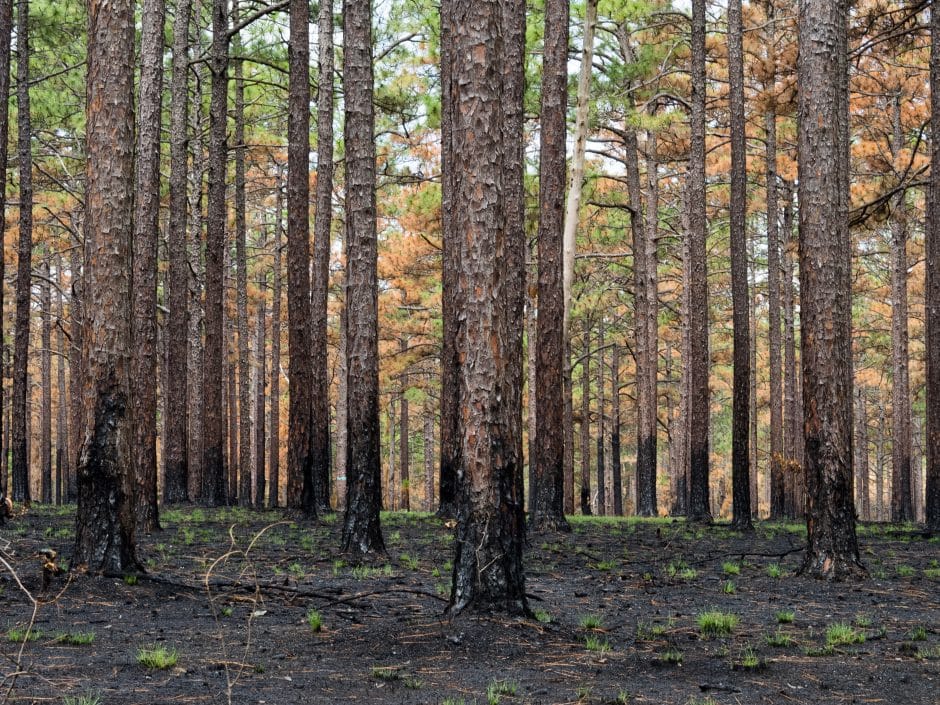
Conservation Status
Splitbeard bluestems are found in various places in North America. On the map, it shows how the Splitbeard bluestem is under different levels of pressure in different states, but overall they are considered Secure.
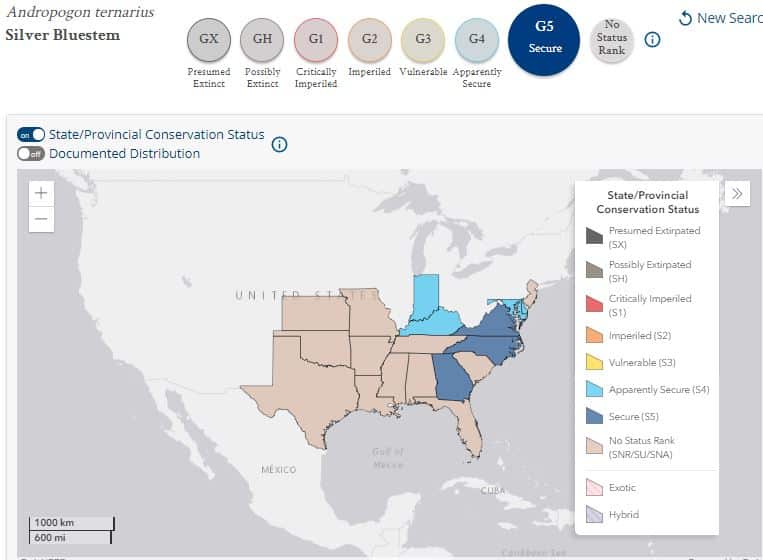
Human Impacts/ Threats
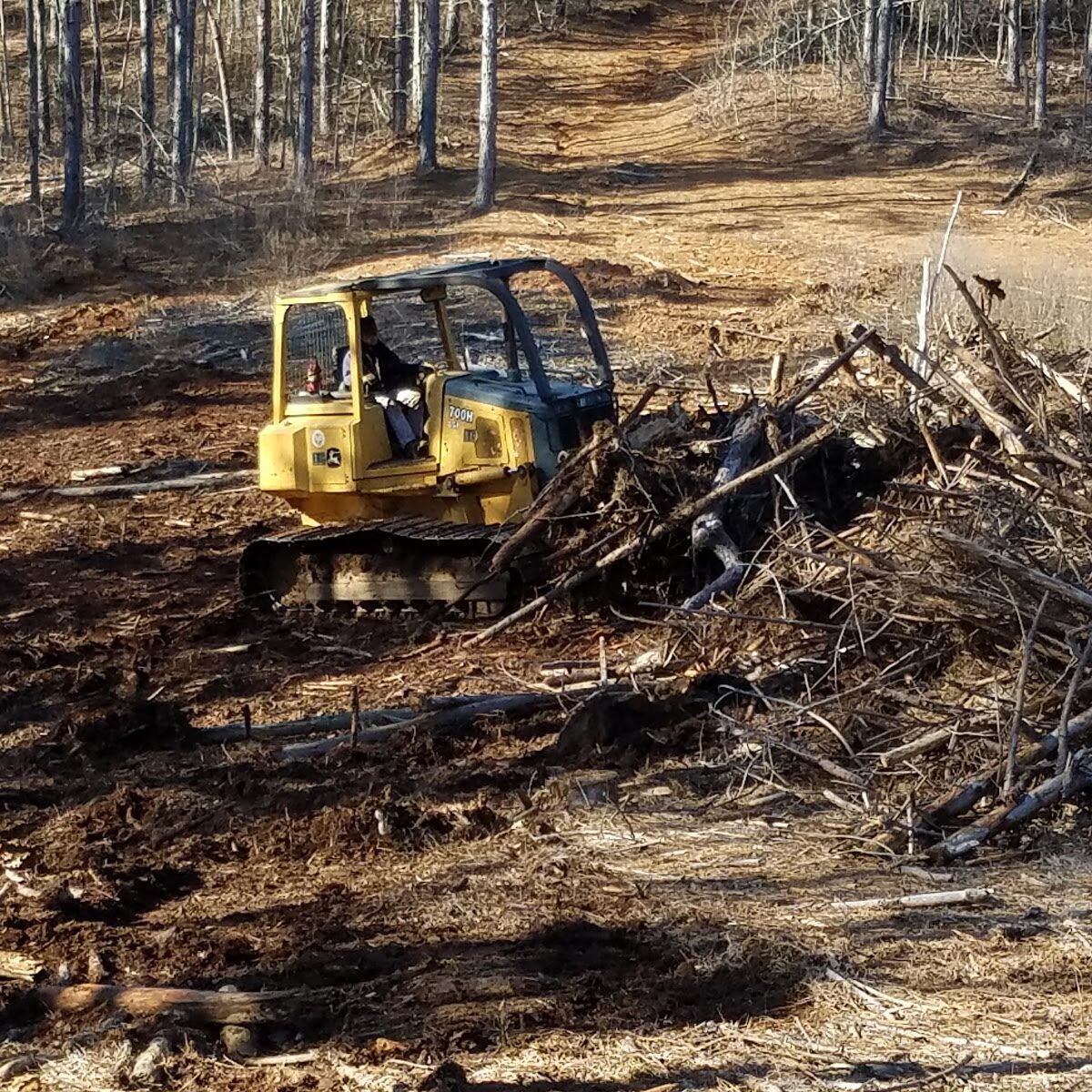
Land Use Conversion
Longleaf forests and the habitat it supports is being cleared or converted to use the land for other uses like houses, roads, agriculture, and even to grow different types of trees to sell.
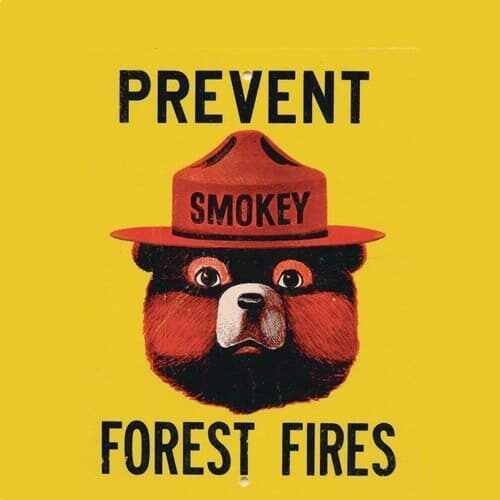
Fire Suppression
Many people think of fires in the forest as bad, so they work hard to prevent or suppress them. But longleaf forests NEED regular fire to support habitat for the species that live there!
Resources
NC State Extension Gardener. Plant Toolbox
USDA. Plant Fact Sheet
USDA-Natural Resources Conservation Service. Splitbeard Bluestem
